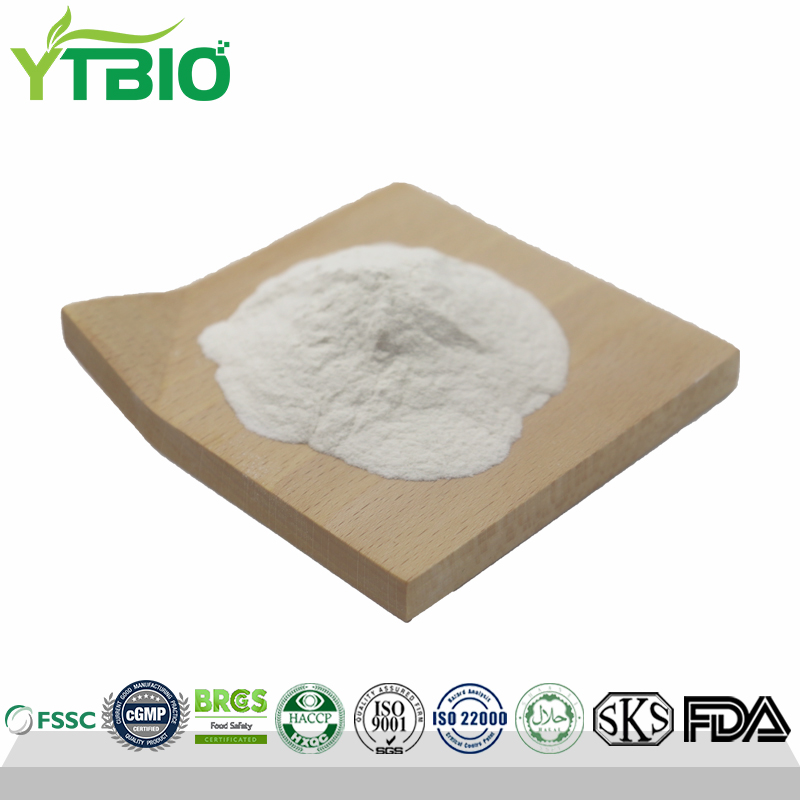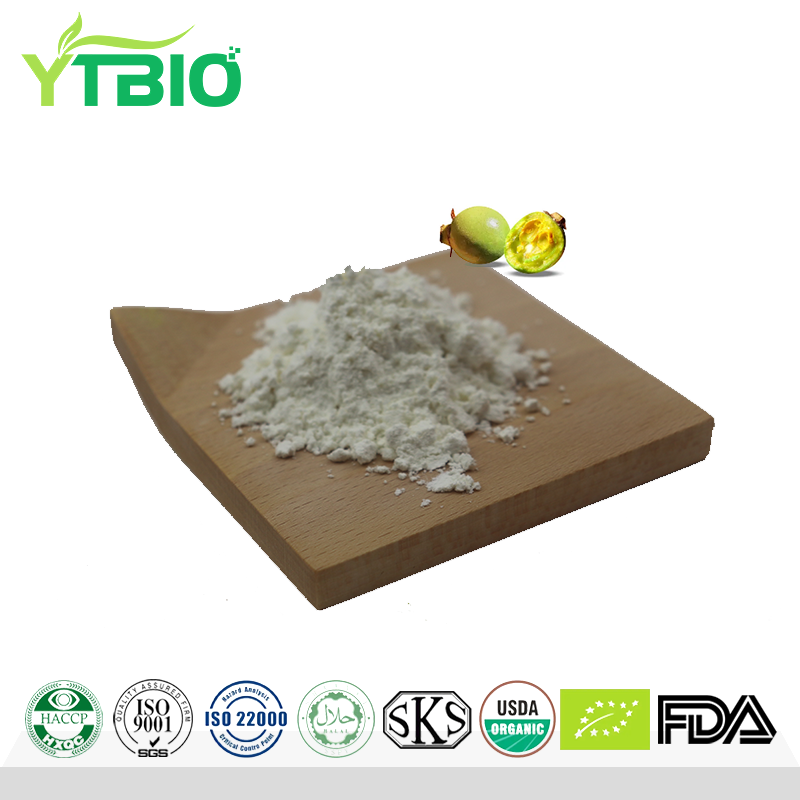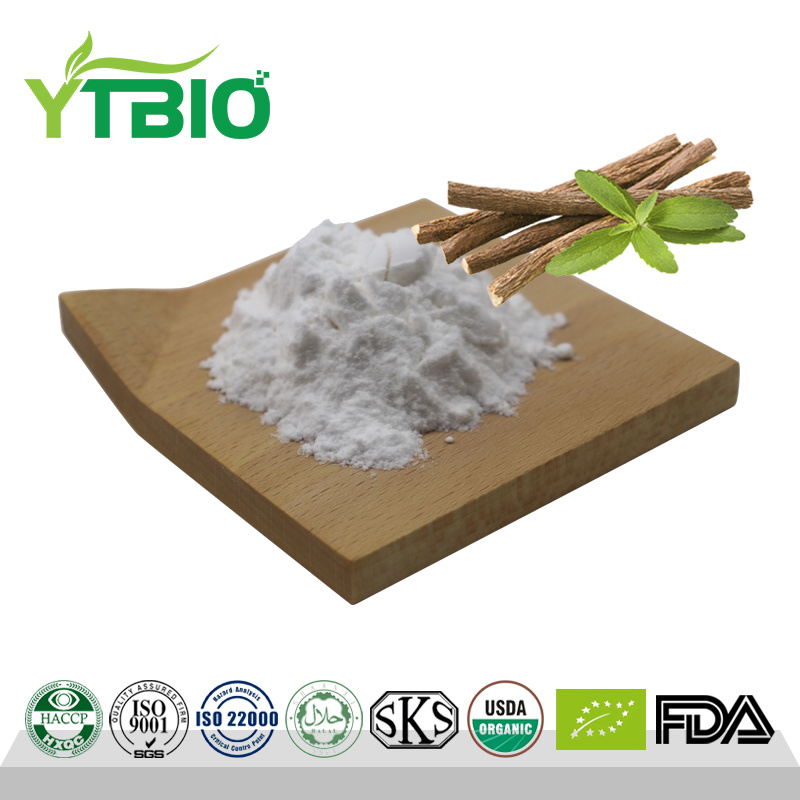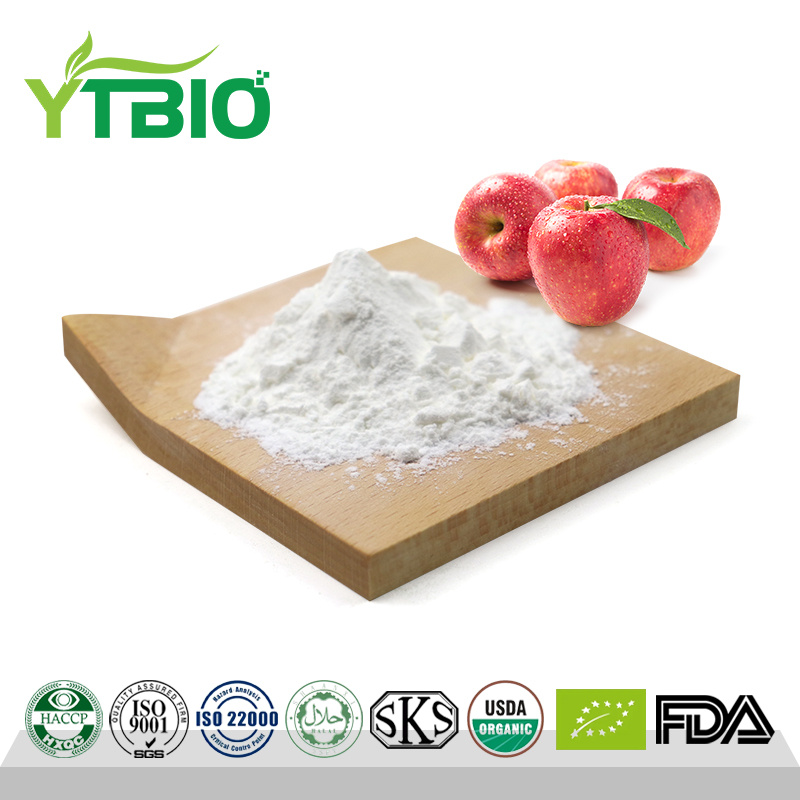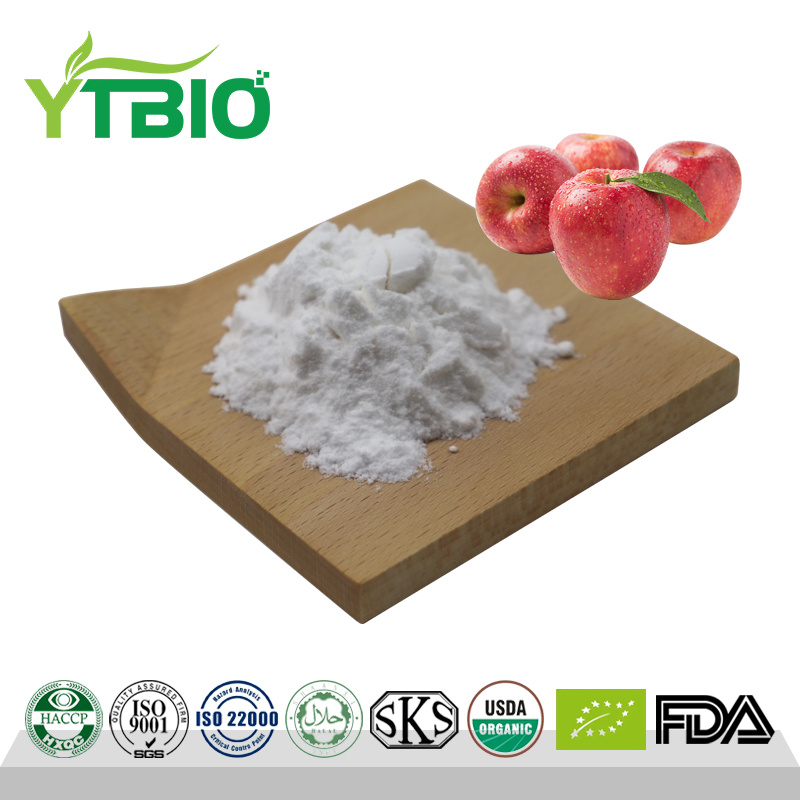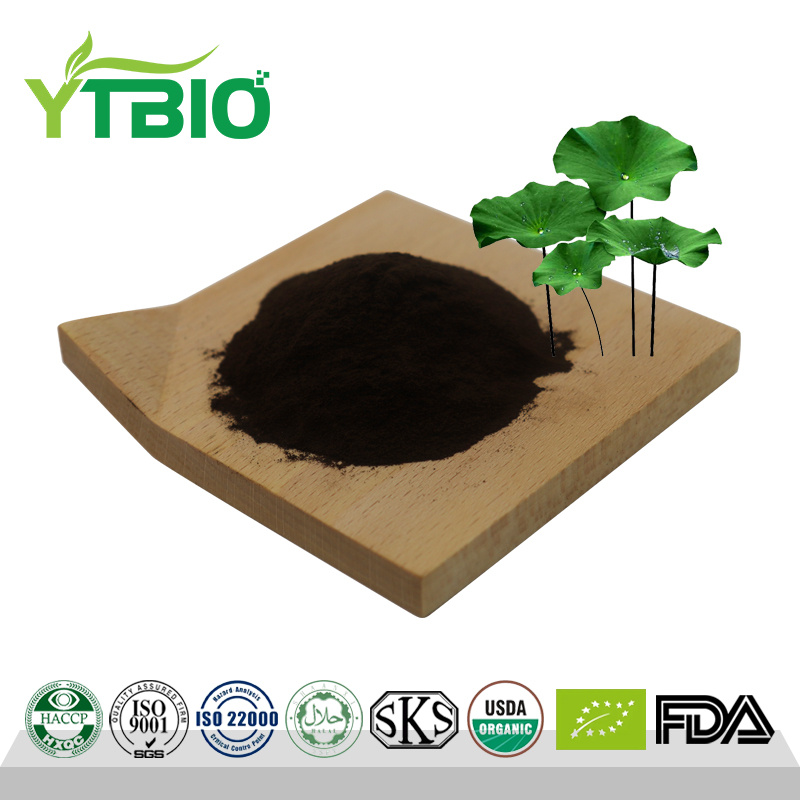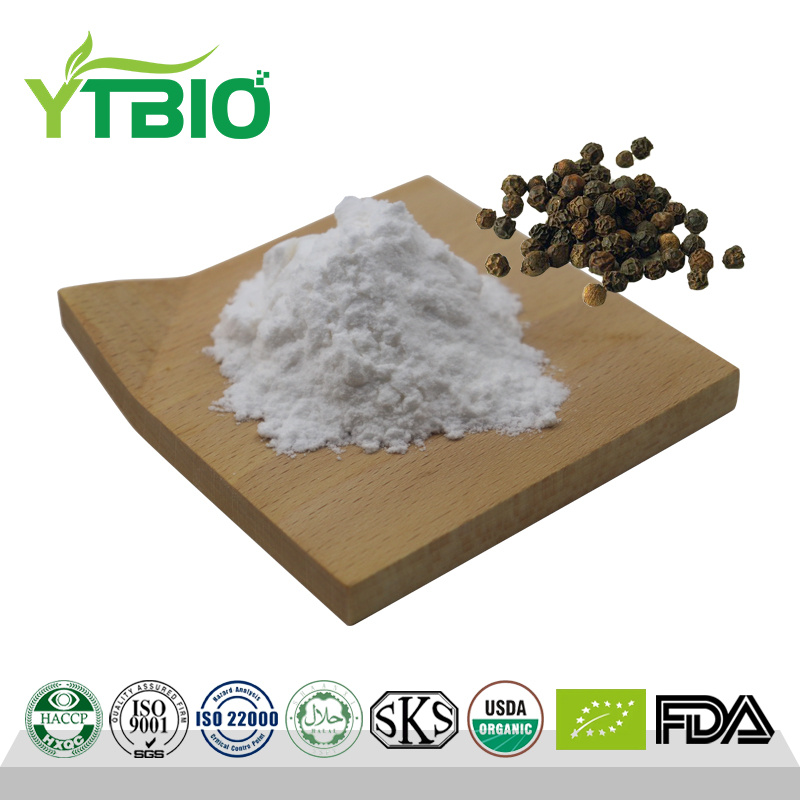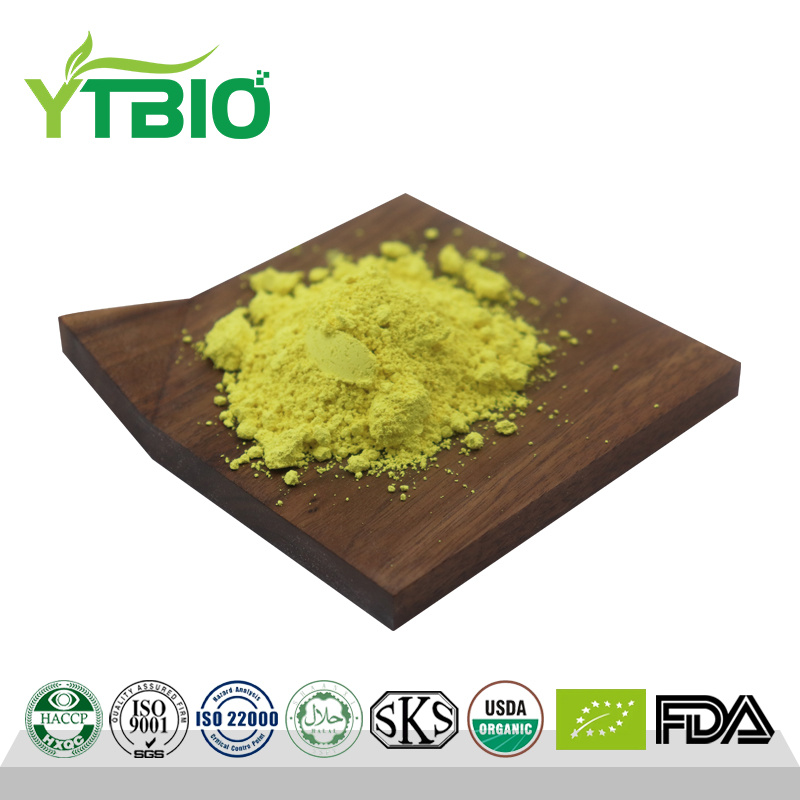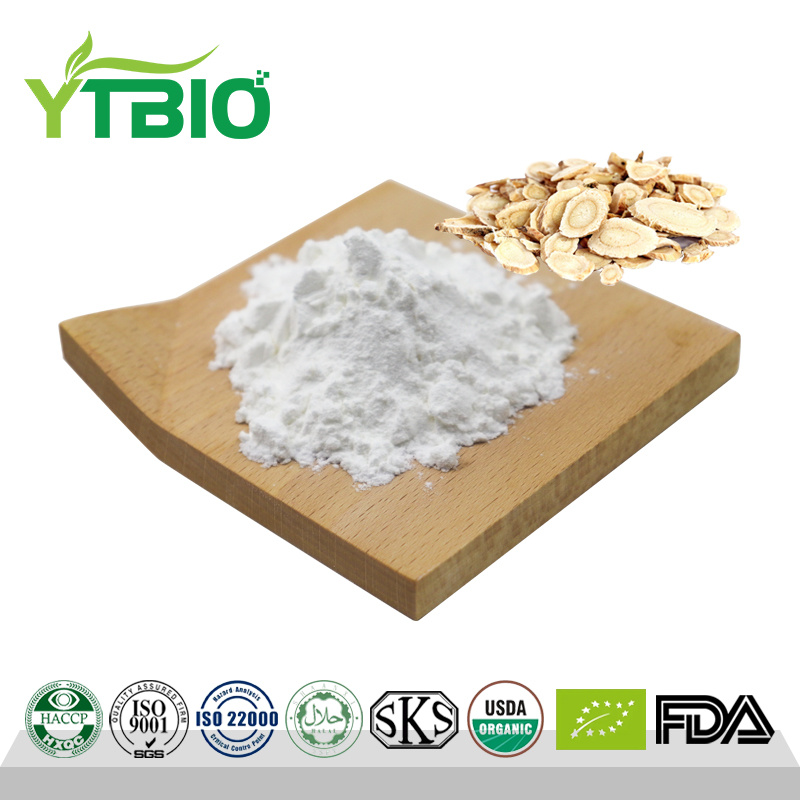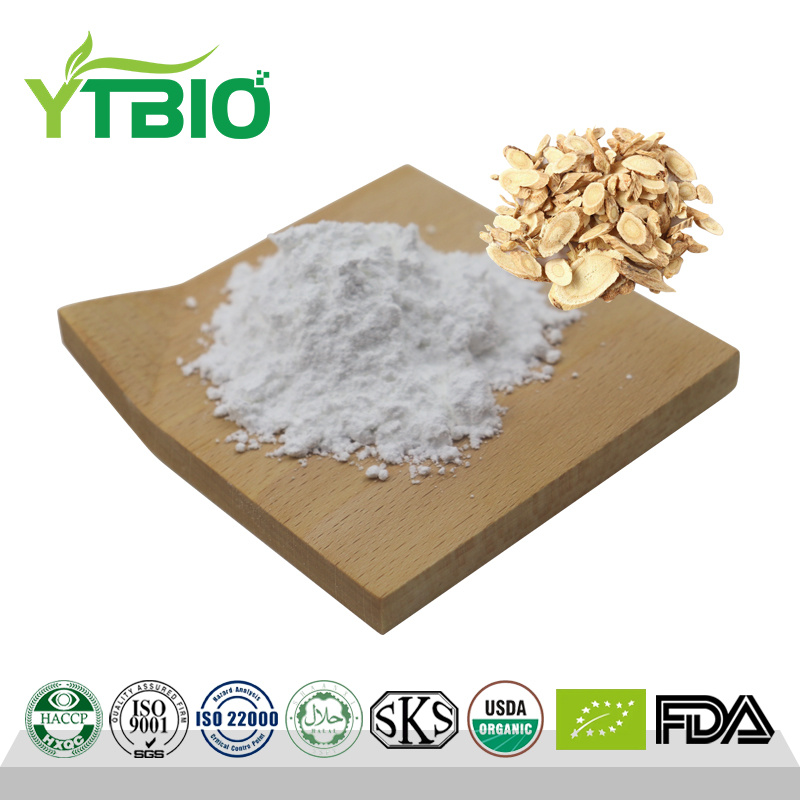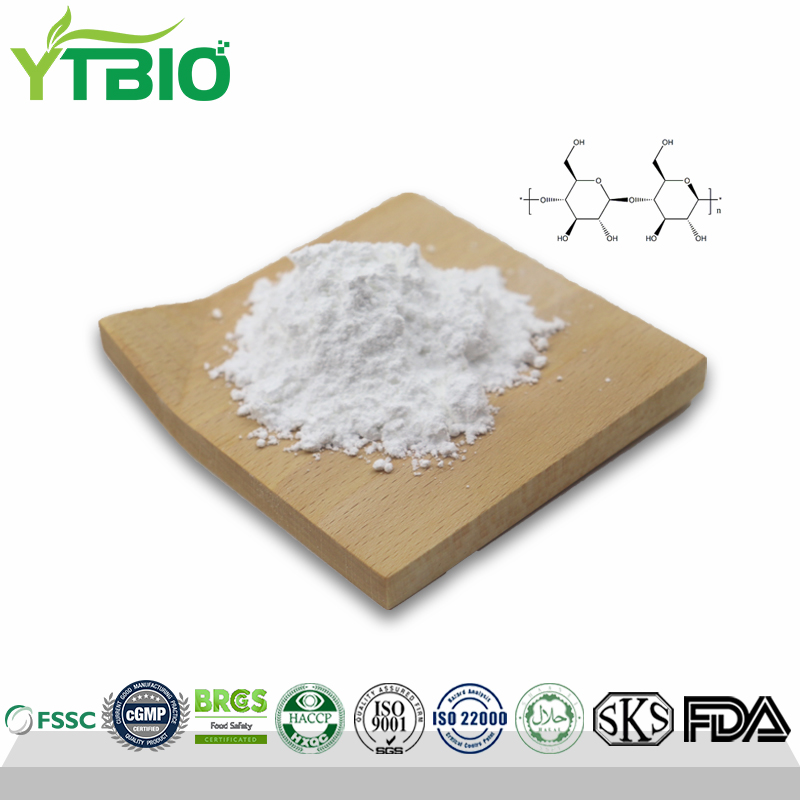98% Microcrystalline Cellulose Powder 9004-34-6
Characteristic of Microcrystalline Cellulose
Product Introduction
Microcrystalline cellulose, also known as MCC or cellulose gel, is a linear polysaccharide bonded by β-1,4 glucosidic bonds. It is a free-flowing white or nearly white powder solid product obtained by hydrolyzing natural cellulose with dilute acid to the limit degree of polymerization. It is a white or nearly white crystalline powder with extremely fine short rods or porous particles. It is tasteless and odorless, insoluble in water, dilute acid, organic solvents and oils, but can be partially dissolved or swelled in dilute alkaline solutions. It is widely used as an excipient, binder and disintegrant for pharmaceutical tablets, a suspending agent in liquid pharmaceutical preparations, a stabilizer and binder in food applications, and a stabilizer, binder, disintegrant and processing aid in cosmetics.
Characteristic
● Fluidity: It is non-fibrous but has extremely strong fluidity.
● Solubility: It is insoluble in water, dilute acid, organic solvents and oils, and partially dissolves and swells in dilute alkaline solutions.
● Hygroscopicity: It has certain hygroscopicity, but the hygroscopicity of different types of microcrystalline cellulose varies.
● Sustained release: The porous lattice structure can be used as a carrier of drugs and act as a sustained release agent to release drugs slowly.
● Disintegration: When the compressed tablets encounter liquid, water quickly enters the interior of the tablets containing microcrystalline cellulose, and the hydrogen bonds are broken immediately, so it can be used as a disintegrant.
● Suspending: It can form a stable dispersion system in water and can be used as a suspending agent for oral liquid, so that the drug is evenly dispersed in the liquid and is not easy to precipitate.
● Stability: It can stabilize foams and emulsions during high-temperature processing, improve the heat resistance of pectin and starch gels, maintain the stability of emulsification and foam, maintain high-temperature stability, and improve the stability of liquids.
● Anti-caking property: In frozen foods, it can act as a physical barrier to prevent crystals from aggregating together into large crystals and control the growth of ice crystals.
physiological Functions Of Microcrystalline Cellulose
Relieve constipation
Microcrystalline cellulose can absorb a large amount of water, form colloids in the stomach, increase the volume of stool, promote intestinal peristalsis, and make stool easier to excrete from the body, thereby effectively relieving constipation problems.
Regulate intestinal flora
It can regulate the balance of intestinal flora, promote the growth of beneficial bacteria, improve the intestinal microecological environment, enhance the digestion and absorption capacity of the intestine, and help maintain the normal function of the intestine.
Provide satiety
Rich in dietary fiber, these fibers cannot be digested and absorbed in the human body, but can provide a lasting sense of fullness, reduce the intake of other foods, help control appetite, and assist in weight management.
Promote nutrient absorption
Dietary fiber can promote the absorption and utilization of nutrients, provide the body with necessary nutritional supplements, and maintain the body's normal metabolism.
Promote cardiovascular health
It has the ability to bind cholesterol, which can excrete cholesterol in the intestine, thereby reducing the cholesterol content in the blood, and help prevent the occurrence of cardiovascular diseases such as arteriosclerosis and coronary heart disease.
Assists in regulating blood sugar levels
It can slow down the digestion and absorption of food in the gastrointestinal tract, avoid a sharp rise in blood sugar, and is of great significance for preventing diabetes and its complications. It helps stabilize blood sugar levels and maintain the overall health of the body.
Whitening and lightening
It can penetrate deep into the bottom layer of the skin, closely bind to melanocytes, and effectively inhibit the production of melanin, thereby achieving the effect of whitening and lightening.
Improve skin color
It promotes skin metabolism, accelerates the shedding of old cells and the generation of new cells, helps improve dull skin color, removes yellow and dark skin, and makes the skin healthier and more lustrous.
Application Of Microcrystalline Cellulose
Food
Mainly used as an emulsifier stabilizer and dietary fiber additive. Its non-toxicity and similarity to human dietary fiber make it an ideal food additive. In dairy products and frozen foods, microcrystalline cellulose can effectively maintain the stability of the emulsified system and prevent oil-water separation and stratification. This makes microcrystalline cellulose widely used in foods such as ice cream and yogurt, which can significantly improve the taste and texture of food. In addition, as an insoluble dietary fiber, microcrystalline cellulose can increase the dietary fiber content of food, help promote intestinal peristalsis, prevent constipation, and meet the needs of modern food for low calories and high fiber.
Medicine
Mainly used as disintegrant, binder and filler. Its porous structure and hydrogen bonding properties enable it to increase the adhesion and fluidity of drug powder in the preparation of tablets and capsules, thereby improving the molding and stability of the preparation.
Daily chemical products
● Cosmetics: used as fillers and thickeners, widely used in a variety of cosmetics and skin care products. Its good adsorption and thickening properties make it play an important role in improving product texture and fluidity. Microcrystalline cellulose can replace part of talcum powder in traditional cosmetics and reduce potential harm to the human body.
● Daily necessities: In cleaning detergents, microcrystalline cellulose can be used as a protective colloid to increase the stability and suspension effect of the product.


